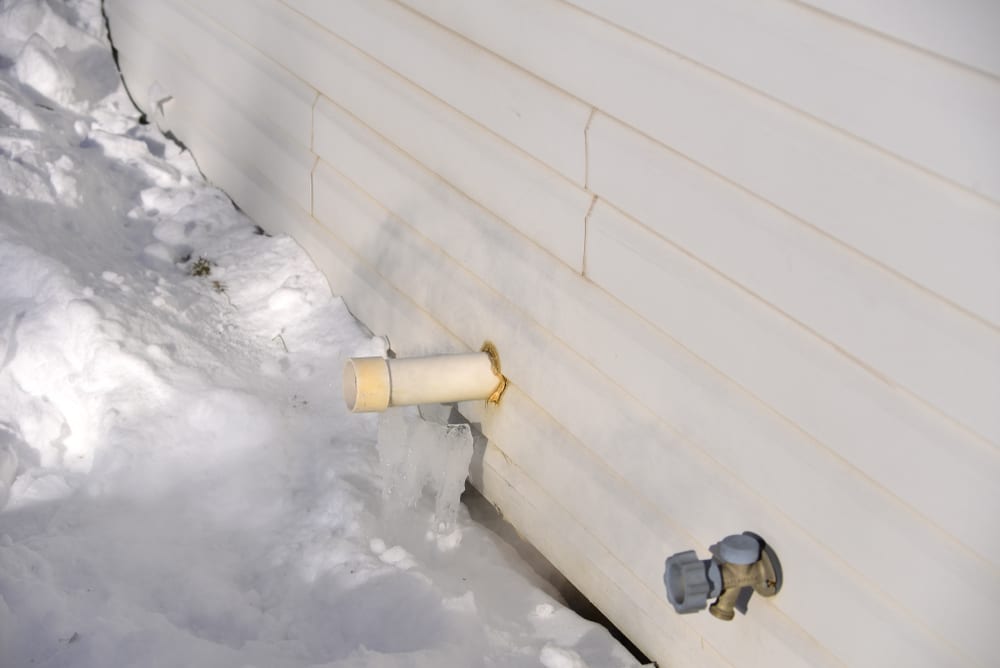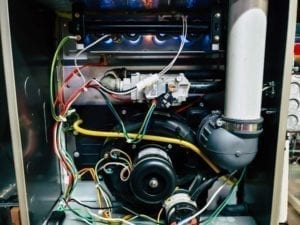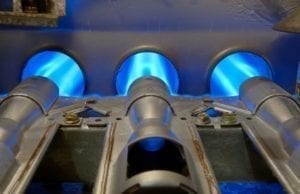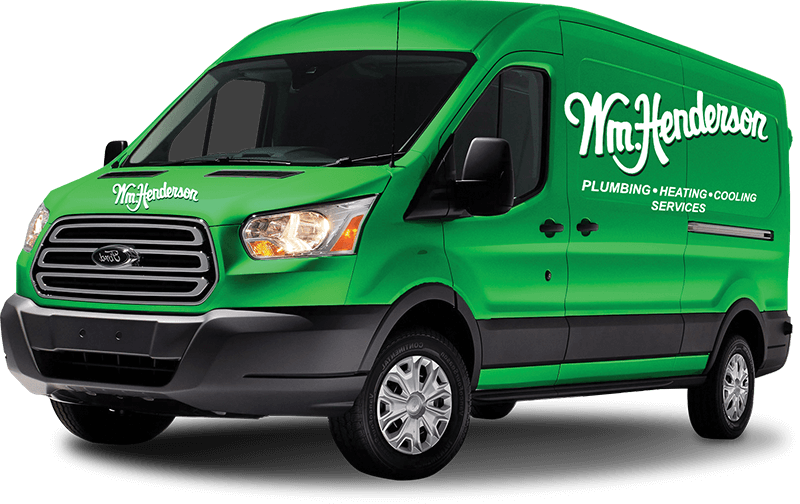
A furnace is an important part of a comfortable, functioning house. It is important to be familiar with the operational procedures of a furnace to ensure you are comfortable with diagnosing problems when they occur. Although the furnace is responsible for keeping your house warm, it utilizes toxic natural gas to produce heat energy.
To prevent a gas leak, your furnace is integrated with an exhaust pipe that is engineered to vent natural gas to the outdoor air. To help you protect your family from the negative consequences of carbon monoxide, we will be discussing how a furnace circulates gas and various types of furnace venting systems.
How Old Furnaces Vent Gas
Old furnaces tend to be furnaces with standard-efficiency ratings. These furnaces vent gas away from your house through a flue pipe. The flue pipe is attached to the heat exchanger, where the gas combusts and produces heat energy. Gas exits the house through the exhaust pipe, which usually leads up to a house’s roof.
Depending on the age of your furnace, there might be different things helping the gas escape. In older furnaces, the hot natural gas rises naturally, but in recent standard-efficiency furnaces, there is a draft fan that will blow the combustion gases out of the heat exchanger and into the flue pipe.
How Energy-Efficient Furnaces Circulate Gas
For high-efficiency furnaces with an AFUE rating of at least 90%, there are two different types of heat exchangers. Heating becomes a two-part process, with the first heat exchanger producing and using heat, and the second heat exchanger using the leftover gas to produce additional warm air for the home.
After passing through the first and second heat exchangers, the gas is transformed into a liquid since most of the heat and energy have been stripped away. This liquid drains out of your house through a pipe system that either distributes the water to a floor drain or to the outside of your house.
Read More: What is a Backflow Preventer Device?
 Why Does a Furnace Need Gas to Operate?
Why Does a Furnace Need Gas to Operate?
Furnaces are engineered to process natural gas to produce warm air that will be distributed throughout your house. In order for this gas to be hot enough to increase the temperature of the air, it needs to be burned. A set of burners in the furnace are turned on and produce flames, which are then directed towards the heat exchanger. In the heat exchanger, the flames cause combustion of the natural gas, which is what makes it hot.
Next, a blower assembly is activated to blow incoming cold air to the heat exchanger. The air flows around the heat exchanger, while the inside of the heat exchanger still contains the noxious gases from combustion. The temperature of the air will start to increase as it makes contact with the heat exchanger. Once the air is warm, it is distributed to each room in your house through a system of air ducts. The leftover byproducts of combustion are vented from the furnace through a flue pipe or drainage system.
Furnace Venting Systems
Vent systems are an important component of the combustion process of a gas furnace. A venting system ensures that the hazardous gasses are removed from the heat exchangers and burners at the end of a heating cycle. If your furnace is not turning on, the source of the problem may be a damaged vent. To help you determine why your furnace is broken, we have created a list of 3 types of venting systems and how they operate.
Direct Vent
A direct furnace vent features two pipes of different sizes in the heating system. One pipe draws in air from outside the house to bring it to the combustion chamber, and the other pipe lets the gas escape once it is used. It can be installed either vertically or horizontally. No chimney is needed in this ventilation system, and it is better for the environment. This type of vent also has a higher safety rating.
Read More: Why is the Furnace in My Home Making Noises?
 Natural Vent
Natural Vent
Natural vents, also known as Type B vents, work similarly to direct vents. They draw in air from outside the house and take it to the combustion chamber. Once the air is used, it exits the house through a B-vent pipe. Natural vents are common because they are easily installed and affordable. However, natural vents are more conducive to backdrafts, which negatively impacts efficiency and safety.
Sidewall Power Vent
A sidewall power vent is also known as an induced draft fan. At the end of an exhaust pipe, a fan is integrated to help vent the combustion gases from the furnace to the outdoors. Sidewall vent systems are affordable options for gas furnaces, and they also have high-efficiency ratings and safety.
How to Recognize a Gas Leak in a Furnace
One of the most common ways to detect a gas leak is by a stronger gas smell as you approach the furnace. Another way to determine if there is a leak is if there is a hissing sound around your furnace. Follow the hissing sound to locate the leak. If you cannot locate the leak, mix dish soap in a cup of water and spray it onto the pipes. If you see bubbles beginning to form, that means the gas is escaping from that area. Leaks tend to happen around fittings, but make sure to spray the dish soap mixture everywhere just to be sure.
 Furnace Repair & Installation Services
Furnace Repair & Installation Services
Do you have a gas leak in your furnace? If your furnace is not properly venting gas through its flue pipes, give our team of licensed technicians a call to schedule a furnace repair or furnace installation appointment. In addition, we offer HVAC and plumbing repair services for broken heat pumps, inefficient water heaters, malfunctioning air conditioners, and damaged water lines.
No matter what the issue may be, the staff at WM Henderson is here to help. Since 1977, we have been providing quality heating solutions to satisfied customers. Contact us today to get prompt, professional service for your furnace system.
Read More: What is the Difference Between Air-Source & Geothermal Heat Pumps?

